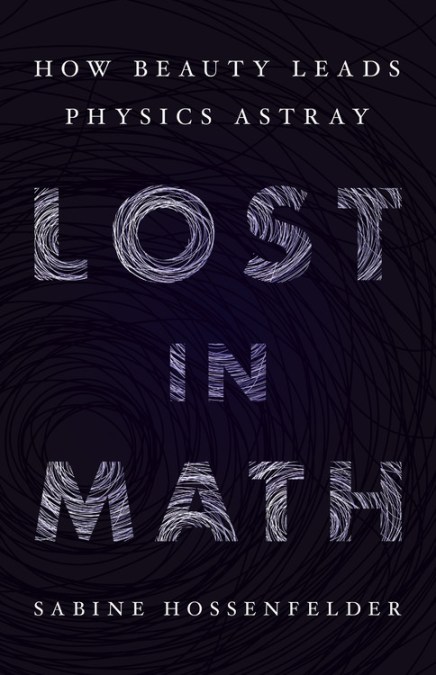
From the University of Bonn:
A new study found a way to determine whether the mysterious “star putty” really exists
Researchers at the University of Bonn and the University of California at Irvine used sophisticated computer simulations to devise a test that could answer a burning question in astrophysics: is there really dark matter? Or does Newton’s gravitational law need to be modified? The new study, now published in the Physical Review Letters, shows that the answer is hidden in the motion of the stars within small satellite galaxies swirling around the Milky Way.
Using one of the fastest supercomputers in the world, the scientists have simulated the matter distribution of the so-called satellite “dwarf” galaxies. These are small galaxies that surround, for instance, the Milky Way or Andromeda.
…
This question is one of the most pressing issues in cosmology today. The existence of dark matter was already suggested more than 80 years ago by the Swiss astronomer Fritz Zwicky. He realized that galaxies move so fast within galaxy clusters that they should actually drift apart. He therefore postulated the presence of invisible matter which, due to its mass, exerts sufficient gravity to keep galaxies on their observed orbits. In the 1970s, his US colleague Vera Rubin discovered a similar phenomenon in spiral galaxies like the Milky Way: they rotate so quickly that the centrifugal force should tear them apart if only visible matter was present.
Today, most physicists are convinced that dark matter makes up about 80 percent of the mass in the universe. Since it does not interact with light, it is invisible to telescopes. Yet, assuming its existence provides an excellent fit to a number of other observations – such as the distribution of background radiation, an afterglow of the Big Bang. Dark matter also provides a good explanation for the arrangement and formation rate of galaxies in the universe. However, despite numerous experimental efforts, there is no direct proof that dark matter exists. This led astronomers to the hypothesis that the gravitational force itself might behave differently than previously thought. According to the theory called MOND (MOdified Newtonian Dynamics), the attraction between two masses obeys Newton’s laws only up to a certain point. At very small accelerations, such as those prevailing in galaxies, gravity becomes considerably stronger. Therefore, galaxies do not tear apart due to their rotational speed and the MOND theory can dispense with the mysterious star putty.
The new study opens up the possibility for astronomers to test these two hypotheses in an unprecedented regime. More.
 Good for them! But if current cosmology cannot even find dark matter (or dark energy, for that matter), Sabine Hossenfelder has certainly go a point in her book Lost in Math: How Beauty Leads Physics Astray and the accompanying articles. See, for example, Particle physics now belly up, The multiverse is “a fringe idea”, and Hawking’s final theory is just one of “some thousand” speculations.
Good for them! But if current cosmology cannot even find dark matter (or dark energy, for that matter), Sabine Hossenfelder has certainly go a point in her book Lost in Math: How Beauty Leads Physics Astray and the accompanying articles. See, for example, Particle physics now belly up, The multiverse is “a fringe idea”, and Hawking’s final theory is just one of “some thousand” speculations.
We should save the speculation about other universes until we are surer of what is going on in our own universe.
See also: Largest particle detector draws a blank on dark matter
and
Proposed dark matter solution: “Gravity is not a fundamental governance of our universe, but a reaction to the makeup of a given environment.”